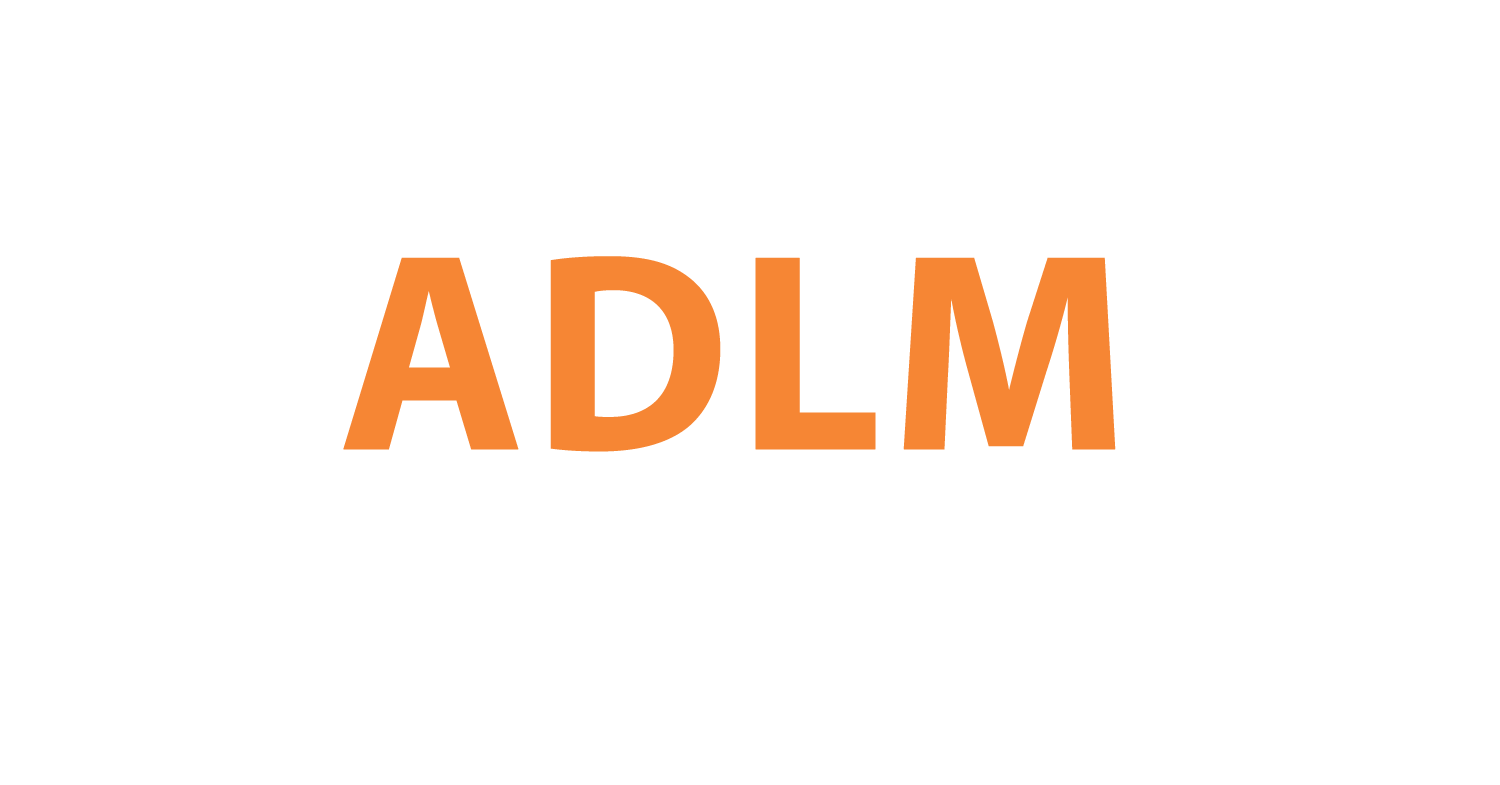Nasopharyngeal Swabs: Is Rotation Necessary for Optimal Sampling?

Nasopharyngeal swabs are medical tools used to collect samples of secretions from the uppermost part of the throat, behind the nose, known as the nasopharynx. This area is where the nasal passages meet the upper part of the throat. A nasopharyngeal swab is typically a long, flexible stick with a soft, absorbent tip that can obtain a sample of cells and fluids for testing.
Here's the general process of using a nasopharyngeal swab:
1. Preparation: A healthcare professional, wearing appropriate personal protective equipment (PPE), prepares the swab and instructs the patient on what to expect during the procedure.
2. Insertion: The patient tilts their head back slightly, and the healthcare provider gently inserts the swab into one of the patient's nostrils.
3. Sample Collection: The swab is carefully pushed into the nasal cavity, following the floor of the nasal passage until it reaches the nasopharynx, a distance that is typically equivalent to that from the nostrils to the outer opening of the ear.
4. Rotation: Once in place, the swab may be rotated for a few seconds to ensure that it absorbs enough secretions and collects enough cells.
5. Removal and Storage: The swab is withdrawn and placed immediately into a sterile container or vial containing a transport medium, which preserves the sample for testing.
6. Laboratory Analysis: The sample is then sent to a laboratory for analysis, which can include testing for the presence of bacteria, viruses (such as SARS-CoV-2, the virus responsible for COVID-19), or other pathogens.
Nasopharyngeal swabs play a critical role in accurately diagnosing respiratory infections, including COVID-19. However, different health organizations provide varying guidance on optimal swab collection techniques. A study by Kinloch et al. (2020) compared two recommended techniques - swab insertion/removal versus swab rotation after insertion - to evaluate their impact on sample quality and participant experience.
The study found no significant difference in discomfort levels or nucleic acid recovery between the two techniques. However, responses to additional questions indicated swab rotation was less tolerable for participants. The study thus suggests rotation is unnecessary following nasopharyngeal contact. For a small proportion of participants, sampling failed due to nasal obstructions, causing significantly more discomfort. This highlights the need for providers to be aware of potential anatomical obstacles.
Interestingly, the study found Asian participants reported higher average discomfort scores than White participants. They also had higher nucleic acid recovery, likely related to anatomical differences in nasal cavity size between ethnicities. This underscores the importance of diverse representation in health research and providers accounting for discomfort differences across populations.
So the study recommends against swab rotation after nasopharyngeal contact, as it provides no added sampling benefit but increases procedure time and discomfort. It also advises sensitivity to obstruction frequency and variable discomfort levels across individuals, particularly across ethnicities. Review and standardization of collection protocols is needed to optimize patient experience and diagnostic accuracy.
Click to View → Mantacc 96000A nasopharyngeal swab
References
Natalie N Kinloch, Aniqa Shahid, Gordon Ritchie, Winnie Dong, Tanya Lawson, Julio S G Montaner, Marc G Romney, Aleksandra Stefanovic, Nancy Matic, Chanson J Brumme, Christopher F Lowe, Zabrina L Brumme, Victor Leung, Evaluation of Nasopharyngeal Swab Collection Techniques for Nucleic Acid Recovery and Participant Experience: Recommendations for COVID-19 Diagnostics, Open Forum Infectious Diseases, Volume 7, Issue 11, November 2020, ofaa488, https://doi.org/10.1093/ofid/ofaa488
Related Posts
Nasopharyngeal Swabs: Mapping the Respiratory Microbiome









